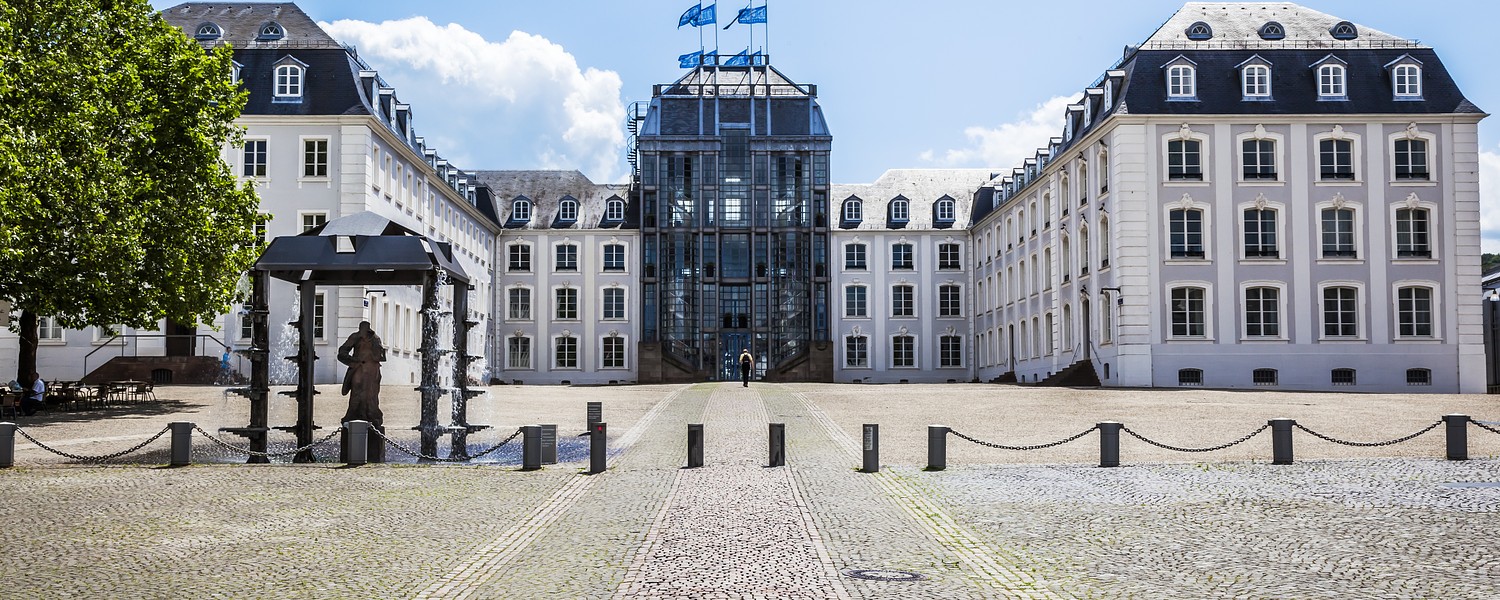
Provided by:
Markus Gann/Shutterstock.com

Our travel guides are free to read and explore online. If you want to get your own copy, the full travel guide for this destination is available to you offline* to bring along anywhere or print for your trip.
*this will be downloaded as a PDF.Price
€4,95
The City
The guide was updated:
Saarbrücken was established in 1909 with the unification of three settlements located along the Saar river. Thanks to Saarland's coal resources, local activities such as fishing were soon overtaken by industry, which was, however, destined to suffer several fallbacks throughout the turbulent German history.
The area's earliest years date as far back as the Roman age. Later on, Saarbrücken was at the forefront of several clashes between French and German forces, from the Franco-Dutch war in the 1670s to the World Wars in the 20th century, often resulting in separation from Germany.
Today, the city of Saarbrücken is made unique by a French touch of elegance, the vast greenery typical of entire Saarland, and the many Baroque works of the city's architect Friedrich Joachim Stengel, all easily explorable on foot in this friendly and compact state capital.
The area's earliest years date as far back as the Roman age. Later on, Saarbrücken was at the forefront of several clashes between French and German forces, from the Franco-Dutch war in the 1670s to the World Wars in the 20th century, often resulting in separation from Germany.
Today, the city of Saarbrücken is made unique by a French touch of elegance, the vast greenery typical of entire Saarland, and the many Baroque works of the city's architect Friedrich Joachim Stengel, all easily explorable on foot in this friendly and compact state capital.


